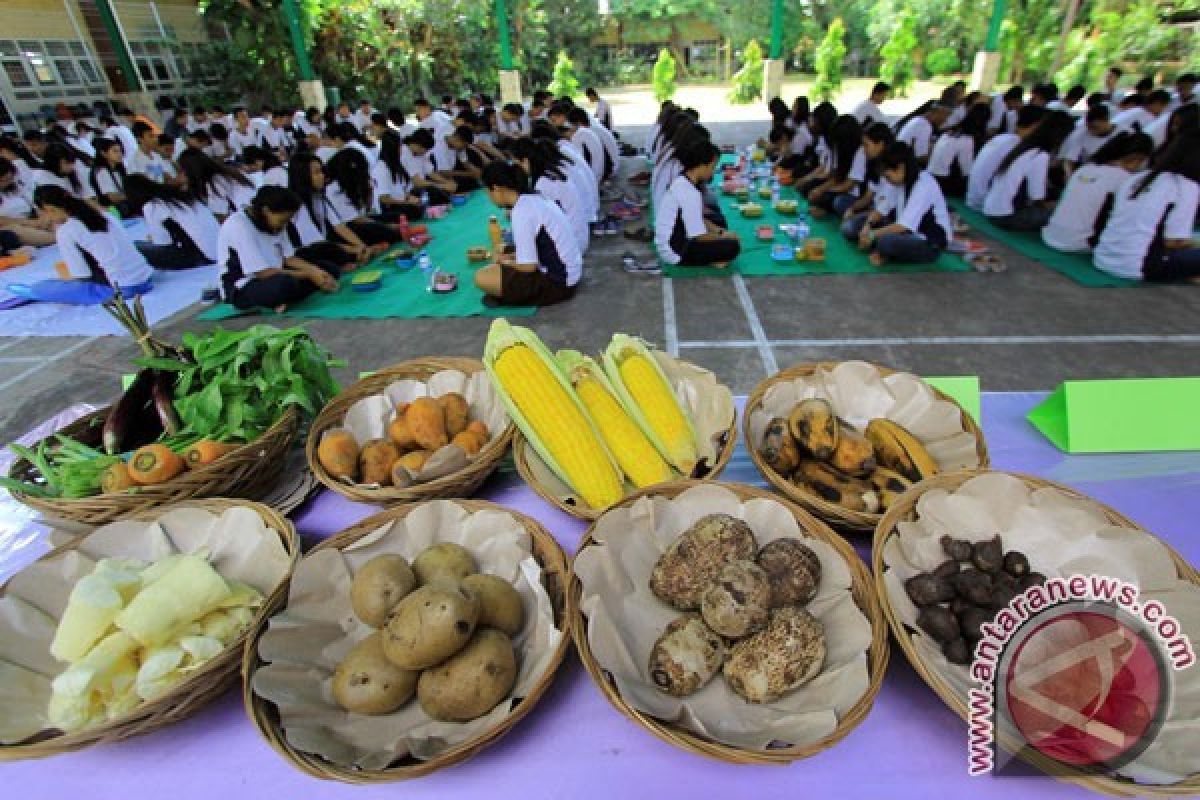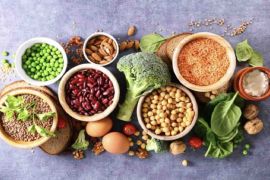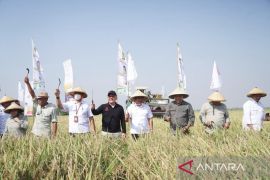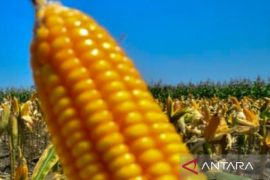The amount of rice consumption per capita per year in Indonesia is higher than that of Japan and Korea, which is in the range of 40 to 70 kilograms per capita per year."Jakarta (ANTARA News) - The government of Indonesia needs to continuously promote diversification of food to reduce the public dependence on rice.
Promoting the diversification of food will make the public realize that they have many other staple foods, such as cassava, corn, sagu and tubers, in place of rice, to assure their food security.
In addition, educational institutions also need to provide the public with an insight into the diversification of food other than rice, considering the fact that consumption of rice in Indonesia is higher than in most other countries.
Providing an insight into the diversification of food in addition to rice is important from an early age, because the people of Indonesia have been looking at rice as a staple food for many years, Jangkung Handoyo Mulyo an agricultural economist at Gajah Mada University has said.
Even now, Indonesians believe that if they have not eaten rice, they have not eaten at all.
In fact, the production of rice in Indonesia is never enough to meet the challenge of food security for the countrys population of 250 million.
Therefore, the country is forced willy-nilly to rely on rice from Thailand and Vietnam in order to maintain food security.
Indonesia needs to import rice from these two countries, but if the relationship with them is ever disturbed, Indonesia would find it difficult to meet the needs of the people who depend on rice.
Consumption of rice in Indonesia currently reaches 135 kilograms per capita per year, while in Japan the rice consumption is at 50 kilograms per capita per year.
Indonesia is the biggest rice-consuming country in the world, and food diversification should be a national policy under the presidential instruction, according to the head of the Agency for the Assessment and Application of Technology (BPPT), Unggul Priyanto.
The public should change food and culture patterns, and need a presidential instruction to support a massive campaign on food diversification, Unggul remarked at the launch Food Outlook 2016 by BPPT in July.
The eating habit of Indonesians is different from those in other countries who prioritize health, he explained.
Therefore, people should diversify their food habits and consume healthy food made of alternative materials, such as potatoes, corns, and cassava.
The carbohydrate-containing food diversification is mentioned in Food Outlook 2014, the Deputy of Agro-industry Technology and Biotechnology at the Agency, Eniya Listiani Dewi said.
"The amount of rice consumption per capita per year in Indonesia is higher than that of Japan and Korea, which is in the range of 40 to 70 kilograms per capita per year," she added.
The food diversification program should be strongly implemented at the local levels under administrative regulations, she said.
Diversification of farm products will also enhance food security, as the country has diverse plant and animal species.
Among the local food commodities that are developed to support the food diversity program are sago, corn, cassava, sweet potato and sorghum.
Therefore, the governors, district heads, and city mayors are expected to play an important role in national food security because they determine the pace of achieving the food security target.
Without the complete attention of governors, district heads, mayors, among others, the food security program will work slowly.
Food security should be viewed from a national perspective. Regions with potential in the agricultural sector must be committed to producing farm commodities subsidized to other regions which do not have strong agricultural potential.
Not only Indonesia, but the rest of the world is also currently facing food problems. In many countries, investment in the agricultural sector is less attractive.
FAO has warned of various conflicts if food problems are not handled seriously.
Food problems can be handled at a regional level by creating an institution to build food reserves.
The food sector must also have good production and distribution systems to better address food problems, he reiterated.
Food production in Indonesia in general was in balance with the population growth, but it was barely enough and remained vulnerable.
Therefore, the country is firmly committed to strengthening global efforts to overcome poverty and food insecurity through effective, competent, and reliable global food governance.
Consistent with its international commitments, the Indonesian government has set four major agricultural targets at the national level.
The five major agricultural targets are sustaining its self-sufficiency in the production of major food crops, diversifying food production, increasing added value to food production, enhancing competitiveness and boosting exports, and increasing living standards of farmers.
In general, food security in Indonesia had shown strong growth, but with a possible increase in population growth in the future, food insecurity can haunt the country.
The promotion of locally-produced food in a staple diet is crucial in order to reduce peoples dependency on rice.
In the past, people were familiar with various traditional staple foods, such as sago, corn and tubers, but it was unclear why they gradually switched to rice.
Therefore, it is time for all Indonesians to return to consuming local produce as staple foods, instead of relying heavily on rice.
(T.O001/INE/KR-BSR)
Reporter: Otniel Tamindael
Editor: Priyambodo RH
Copyright © ANTARA 2016












